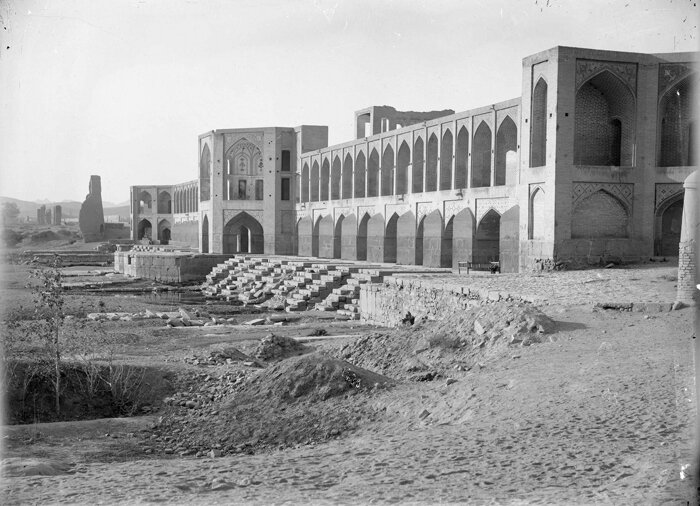Zayandeh-Rood briefly dried some 15,000 years ago, evidence suggests

TEHRAN—Archaeologists have discovered evidence of drought affecting Zayandeh-Rood, a major river in Isfahan province, some 15,000 years ago.
Since 60,000 years ago, numerous settlements have been formed alongside the Zayandeh-Rood, which has become the focal point of urban communities and human groups throughout history, Mehr quoted Iranian archaeologist Mohsen Javeri as saying on Friday.
“Many cities and villages were formed along the river from its source to the Gavkhuni Wetland, and historical evidence indicates that the Zayandeh-Rood has suffered droughts throughout history,” he noted.
It is believed that droughts occurred approximately 15,000 years ago in the Zayandeh-Rood basin, which completely dried up Gavkhuni Wetland at the time, he added.
It should be noted, however, that the drought conditions now are more severe than ever before, he mentioned.
Due to frequent droughts and over-extraction of the surface and groundwater through a large network of hydraulic infrastructure and deep wells, Iran is currently experiencing serious water shortages. The result is drier lakes, rivers, and wetlands, declining groundwater levels, subsidence, water quality degradation, soil erosion, desertification, and more frequent dust storms.
Soaked in a rich history, Isfahan was once been a crossroads of international trade and diplomacy in Iran and now it is one of Iran’s top tourist destinations for good reasons.
It is filled with many architectural wonders, such as unmatched Islamic buildings, bazaars, museums, Persian gardens, and tree-lined boulevards. It’s a city for walking, getting lost in its amazing bazaars, dozing in beautiful gardens, and meeting people.
The ancient city is renowned not only for the abundance of great historical bridges but also for its ‘life-giving river’, the Zayandeh-Rood, which has long bestowed the city an original beauty and fertility.
Isfahan has long been nicknamed as Nesf-e-Jahan, which is translated into “half the world”; meaning seeing it is relevant to see half the world. In its heyday, it was also one of the largest cities in the region with a population of nearly one million.
The cool blue tiles of Isfahan’s Islamic buildings, and the city’s majestic bridges, contrast perfectly with the encircling hot, dry Iranian countryside.
The huge Imam Square, best known as Naghsh-e Jahan Sq. (literary meaning “Image of the World”), is one of the largest in the world (500m by 160m), and a majestic example of town planning. Constructed in the early 17th century, the UNESCO-registered square is punctuated with the most interesting sights in Isfahan.
Modern Isfahan is home to some heavy industry, including steel factories and a nuclear facility on its outskirts. However, its inner core wants to be preserved as a priceless gem.
The city is also home to a gigantic, professional, and state-of-the-art healthcare city, which is a major destination in the realm of medical tourism.
ABU/AM
Leave a Comment